Here are six significant sustainability benefits of marine-sourced seaweed:
It offers high value – in terms of nutrition and more – for low resource use.
Seaweed can create highly nutritious food, and also fuel and fibres, with a fraction of the resources required for similar non-seaweed products. This is great news for a world where resource demands are rapidly outstripping demand.
It can act as a significant carbon sink.
Moreover, seaweed absorbs CO2, and so has potential to be a significant ally in the fight against climate change. According to Australian climate scientist Tim Flannery: “If you cover 9% of the world’s oceans in seaweed farms, you could draw down the equivalent of all our current emissions — more than 40 gigatons a year.” Because seaweed can grow much faster than land-based plants, this could deliver results much more quickly than afforestation programs. Even on land, systems are being developed that feed CO2 to algae directly from industrial emitters: essentially a form of carbon capture. Aurora Algae for example, grows its proprietary algae strains using captured carbon pollution from industrial emitters.
It can reduce ocean acidification and clean water.
Seaweed farming can reduce and reverse ocean acidification which is caused by increasing levels of dissolved CO2. It can also remove dissolved nutrients, which wash into rivers and sea from agricultural land, from our oceans. These nutrients may otherwise cause eutrophication and ‘marine dead-zones’ like the one in the Gulf of Mexico. Seaweed can use these nutrients to grow, cleaning up the water and enabling other marine life to recover.
It can help meet protein demand for aquaculture.
The AT-SEA Project, an EU funded consortium from several Atlantic European countries and Morocco, has developed specialist structures for seaweed farming. It has also spotted the potential benefits of harnessing nutrients from fish-farming and are developing ‘integrated aquaculture’ products where seaweed production is integrated into existing fish-farming operations. “Waste streams from some of the aquaculture feed into the seaweed cultivation, making it grow faster creating a double benefit of a larger crop and reduced environmental impact of the existing aquaculture operation”.
It can help protect the seabed.
Wild seaweed provides important nursery grounds for juvenile commercial fish and crustacean and could help to protect the seabed by providing a commercial reason to avoid damaging bottom-trawling fishing practices.
It can regenerate endangered coastal livelihoods.
It offers a valuable alternative livelihood, potentially helping to reduce interest in fishing which is depleting and endangering ocean stocks.
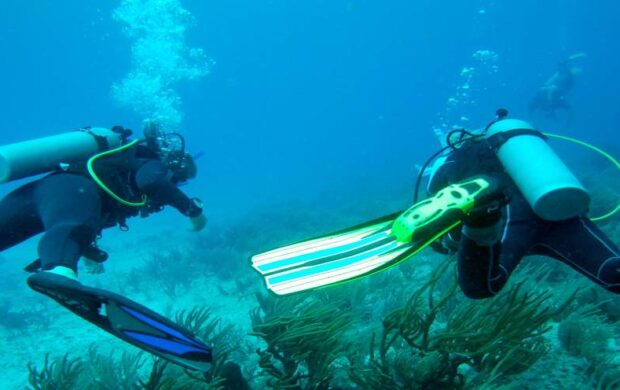

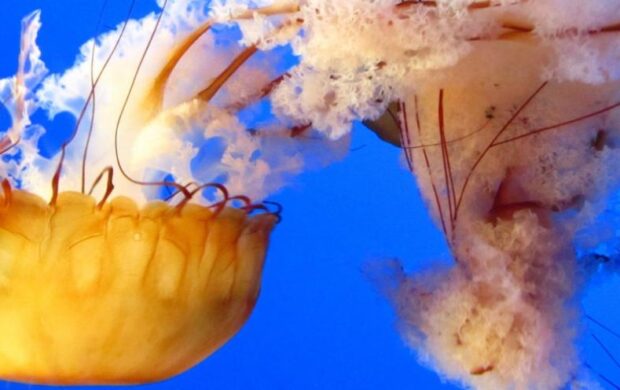
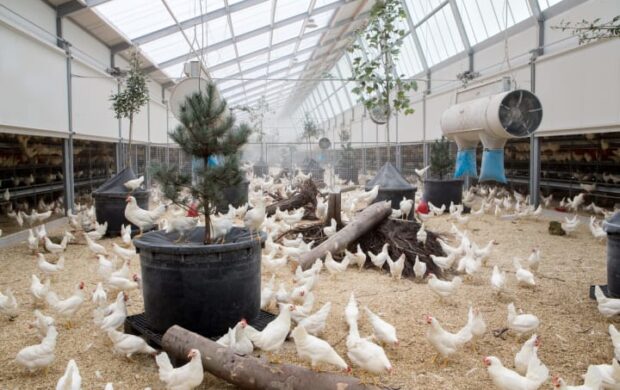
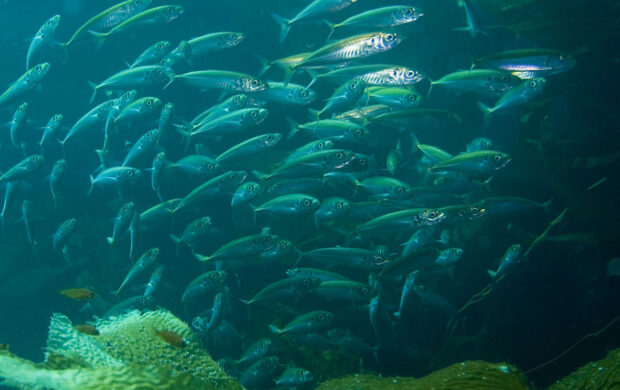



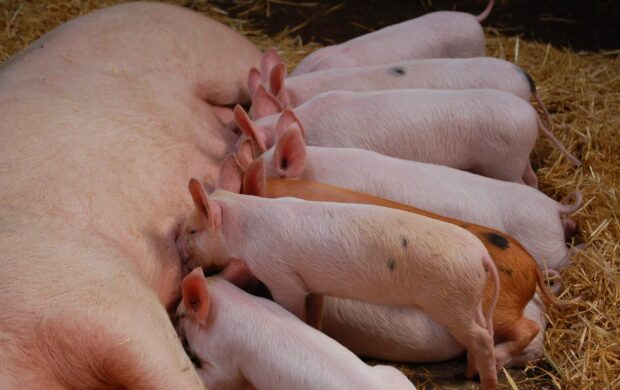



Join discussion